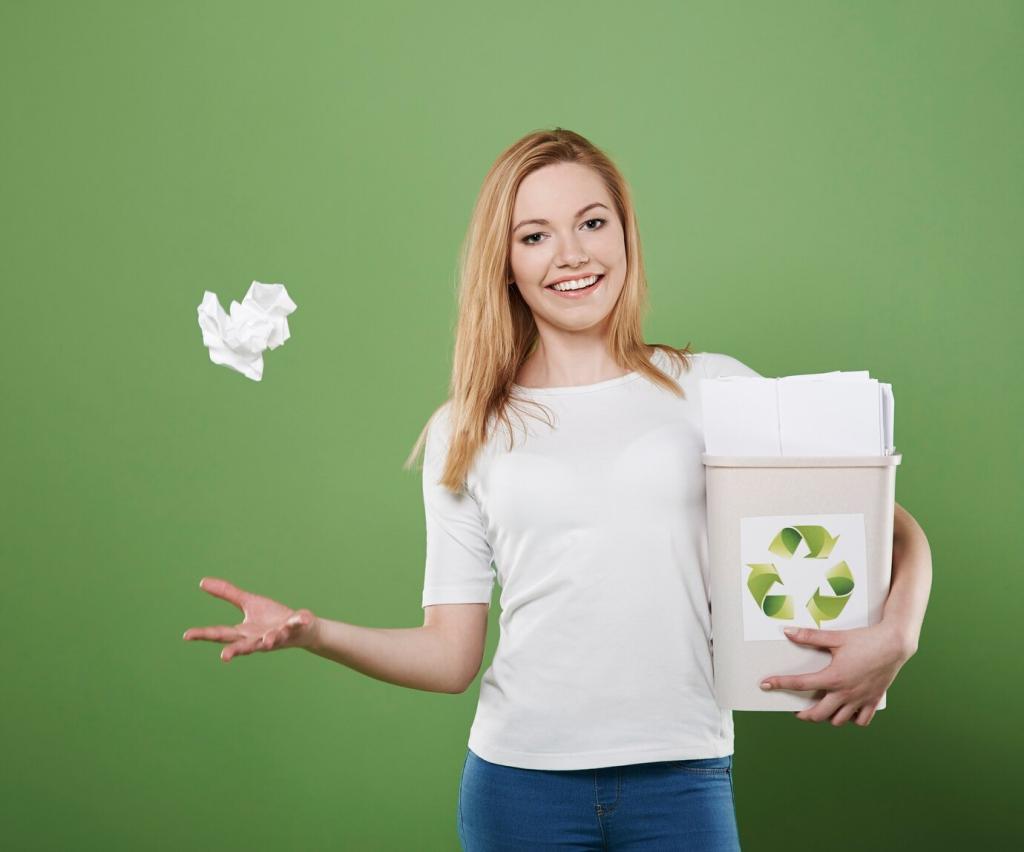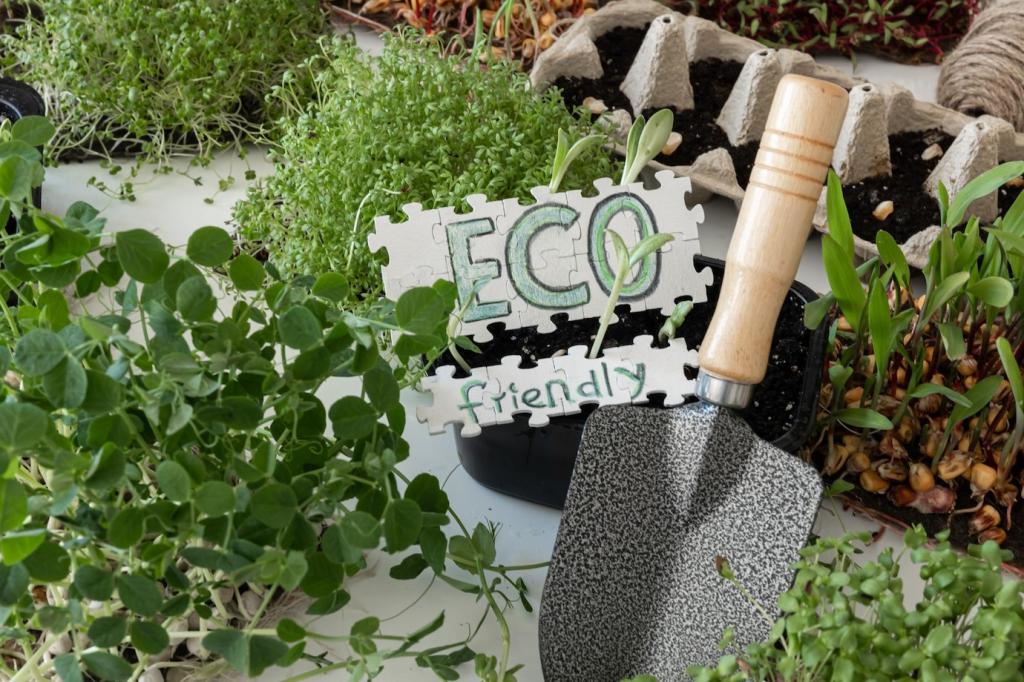Why Recyclable Packaging Matters for Furniture Care
Shifting from hard-to-recycle multi-material packs to clear, single-material formats helps keep valuable resources in circulation. When you rinse and recycle a bottle after polishing your table, you directly reduce landfill burden and support local material recovery systems.
Why Recyclable Packaging Matters for Furniture Care
A father and daughter once wrote that they chose a wood polish simply because its label explained recycling in plain words. Clear guidance builds confidence, and confidence becomes loyalty. Tell us: have straightforward recycling instructions ever changed what you put in your cart?


